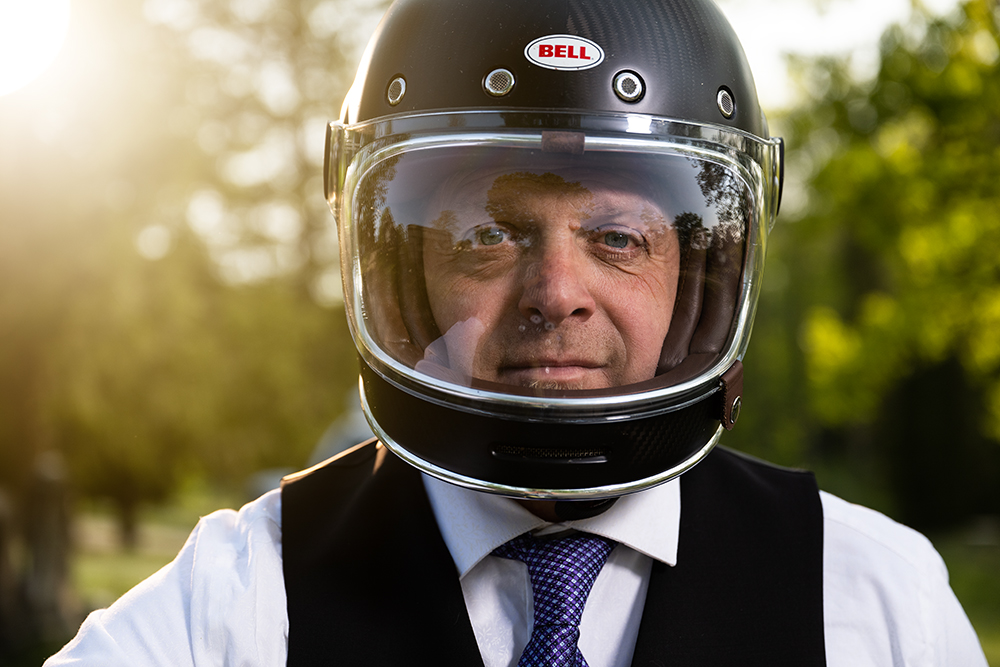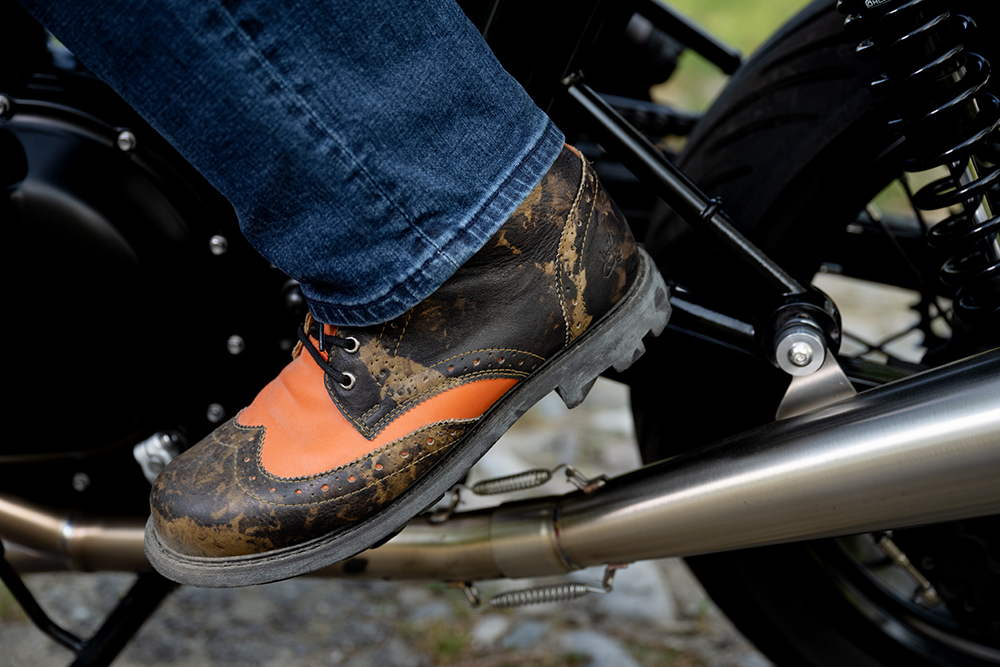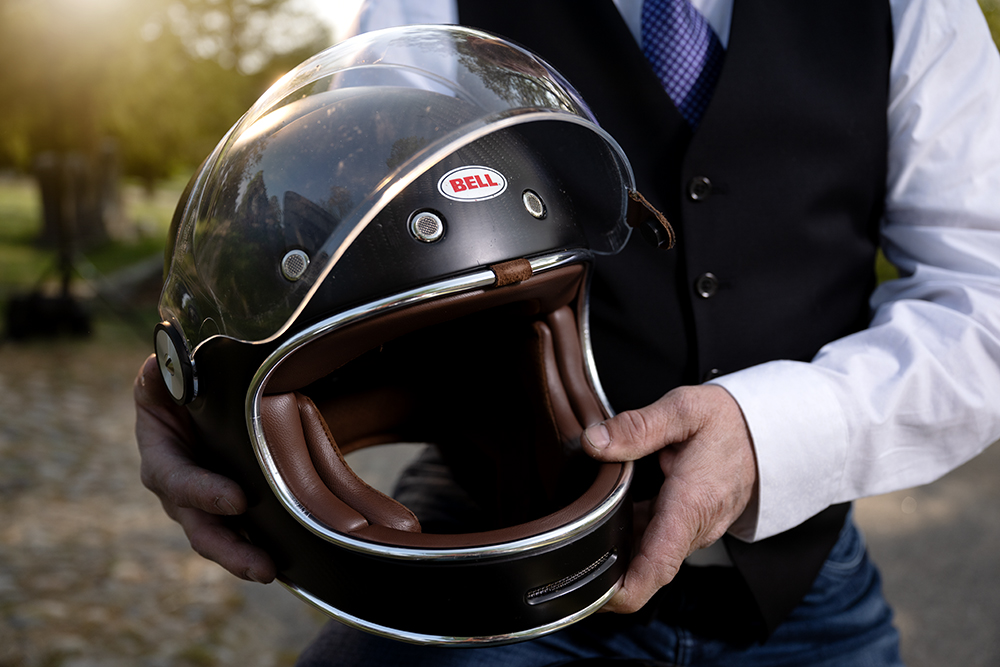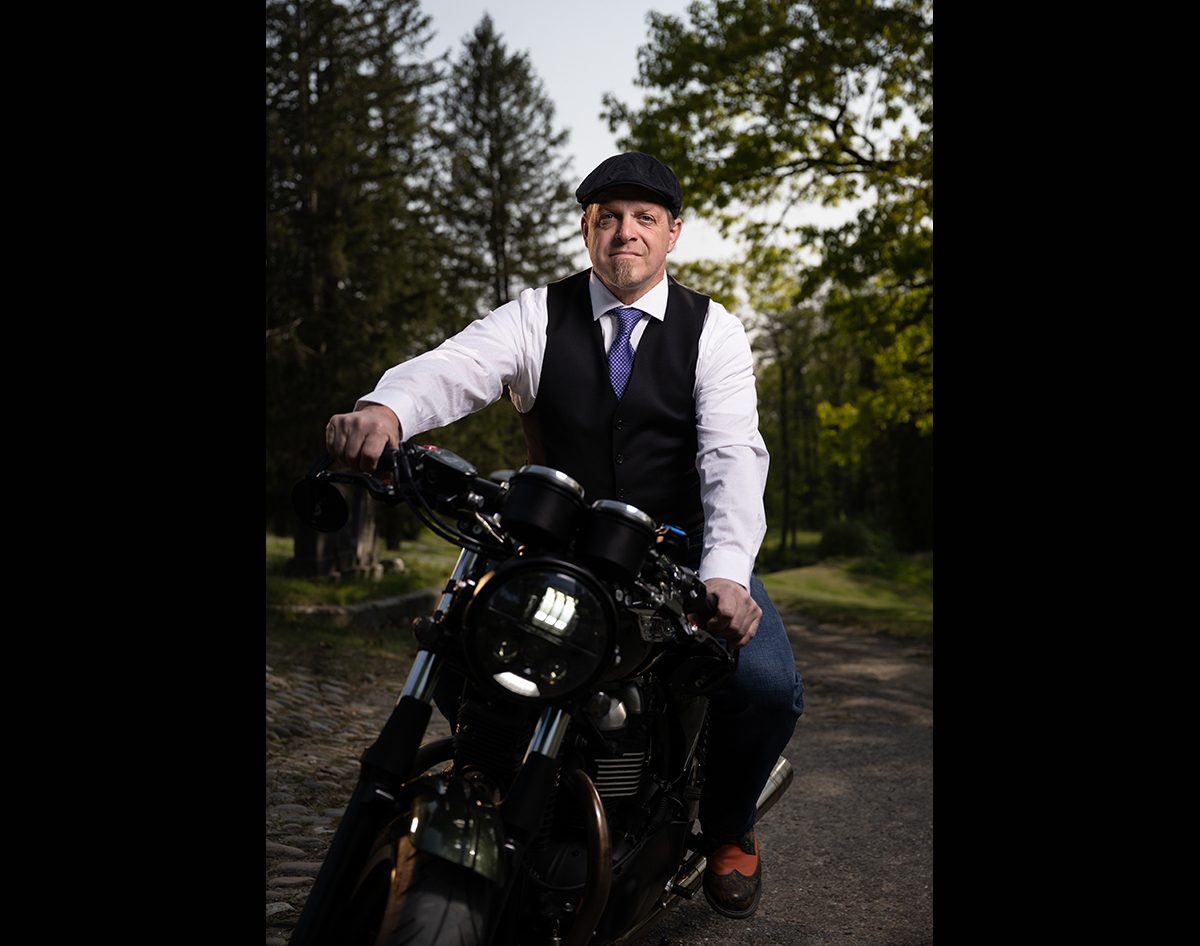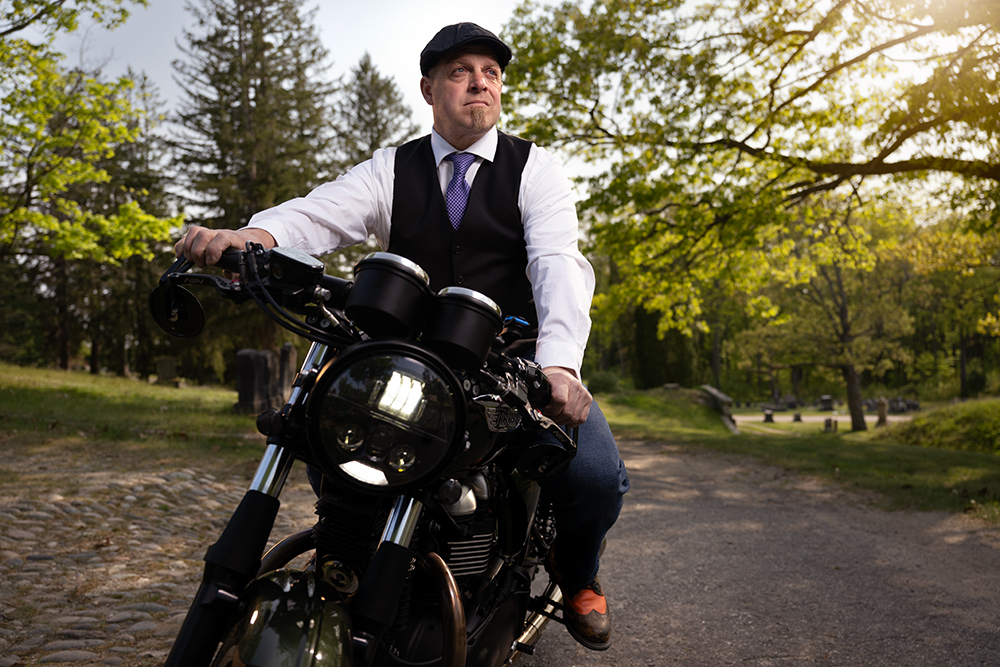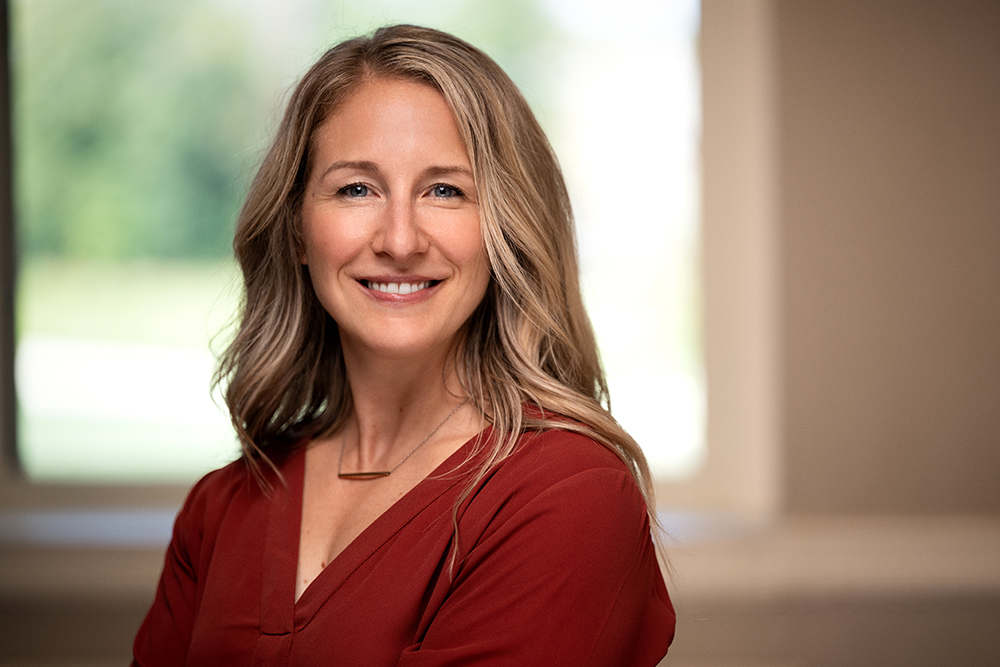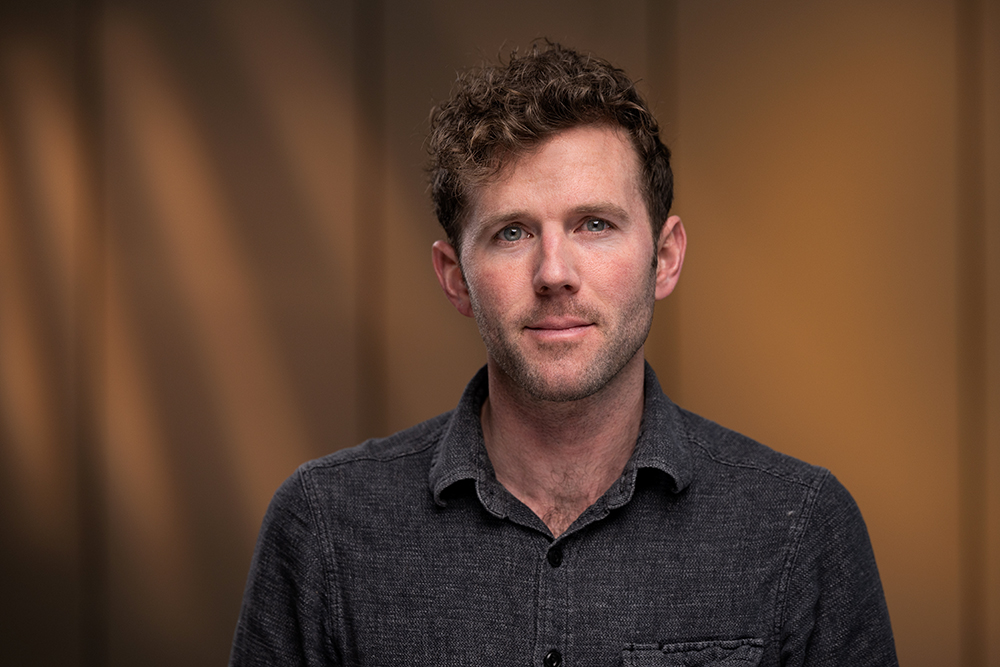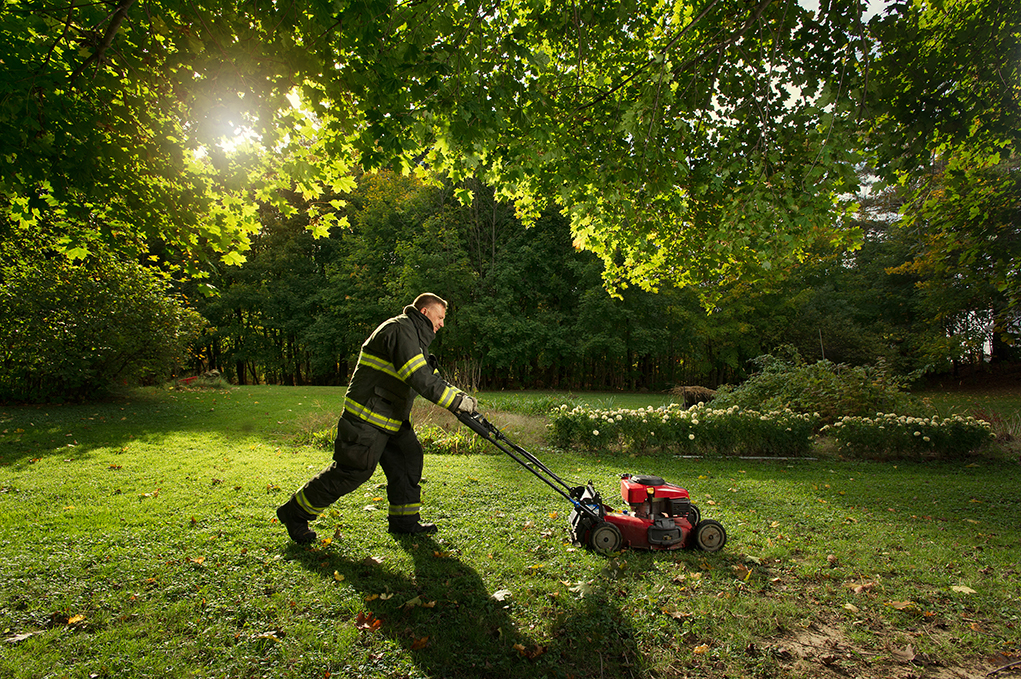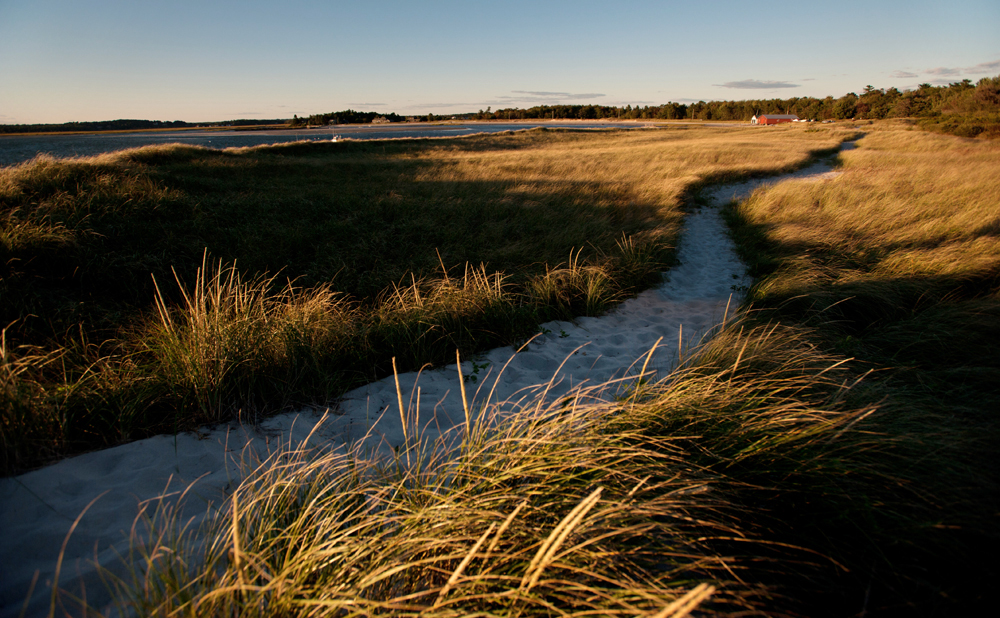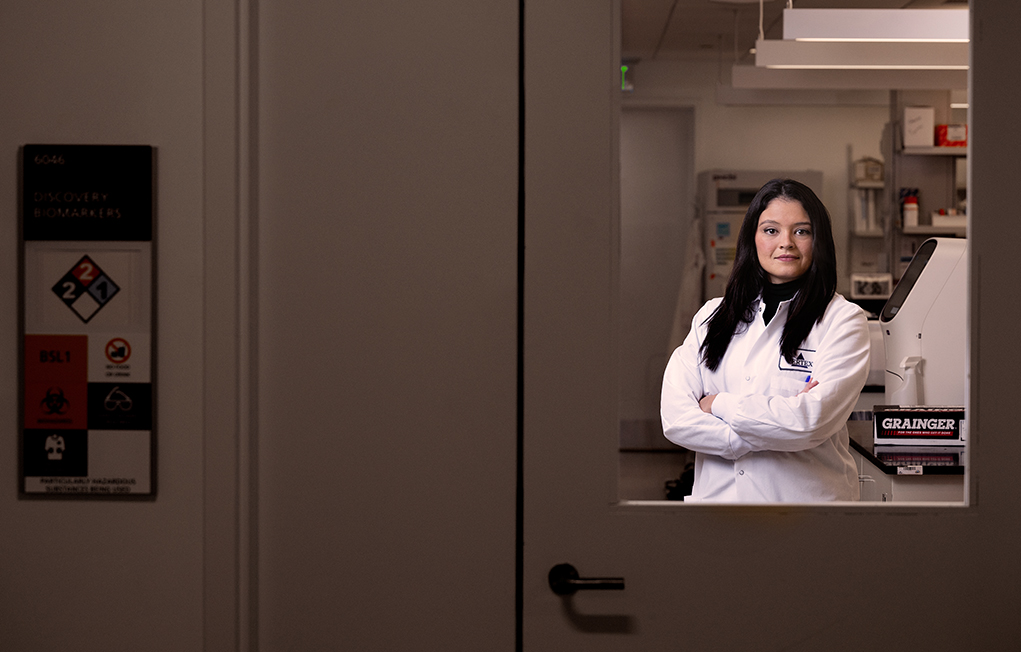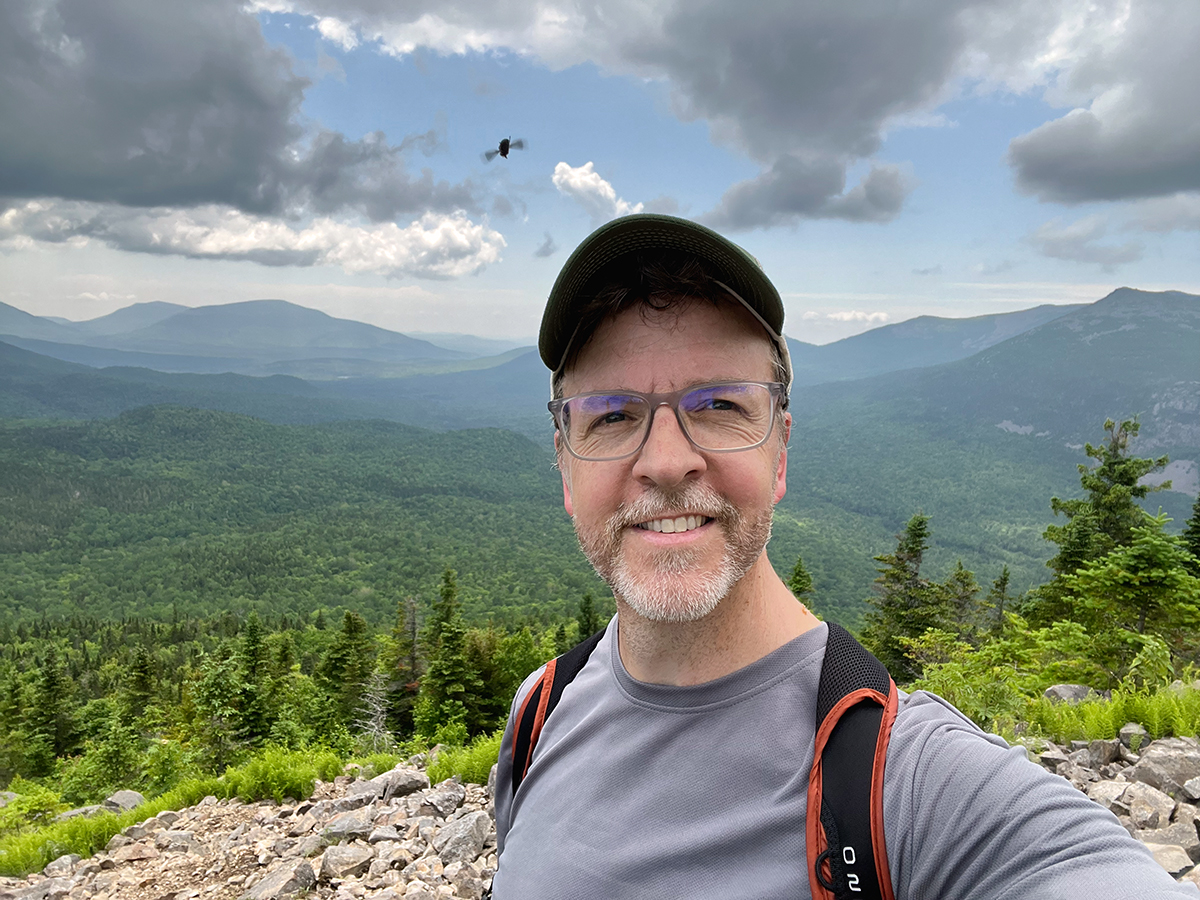
Back in the cold dark of January I made a resolution to trek at least 2023 miles this year. The primary goal was to train for a five-day backpacking trip to Iceland in 2024. But it also seemed a surefire way to spend more time outdoors, another goal.
Crunching the numbers, I saw I had to average about 5.5 miles per day. Easy on a sunny day, tougher during New England’s infamous cold, hot, or rainy days. It often meant fragmenting the daily goal into multiple smaller walks, while braving snow or puddles. Surprising to me at times, I’ve managed to stay on track.
By last weekend I surpassed 1200 miles; the same distance, end to end, as Australia’s Great Barrier Reef. In East Coasters terms, it’s the equivalent of a New York to Miami road trip. Or—per Google—the width of the Roman Empire in its heyday.
All it took was daily dedication. Here are a few insights, gleaned from the miles traveled so far.
Consistency is King: Author and speaker John Maxwell once said, “Small disciplines repeated with consistency every day lead to great achievements gained slowly over time.” Walking just a few miles daily may seem insignificant, but in a few months, those snowball into something noteworthy. Consistency morphs a goal into a habit that then pays compounded dividends.
Rise Early for the Win: Even on short, frosty days, I tried to squeeze in a walk before breakfast or school runs. On such days, I often surpassed my goal early in the day seemingly without effort. Whenever I skipped this routine, I found myself walking by headlamp after dinner, my family of skeptics warm and snug at home.
Healthy, Inside Out: The benefits of this simple exercise routine are remarkable. A good pair of shoes and a weighted pack are all it takes to feel fitter, evidenced by my newfound ease with hills and stairs.
Observing the Unseen: Slowing down has made me a keen observer. The city and my neighborhood seems more familiar now and I notice details of the landscape and city that seem invisible from the window of a speeding car.
The Power of Linchpin Habits: My simple walking resolution has snowballed into a catalyst for other resolutions on my list. It’s less a goal and more a linchpin habit, spurring more creative work, better sleep, healthier eating, more family time, and boosted confidence that permeates my work and personal lives. It’s a reminder that success in one area can inspire success elsewhere.
I’m not recommending you try to hike the Great Barrier Reef. But I hope my experience encourages you to discover a daily linchpin habit with its own compounding effects on your life.
–30–





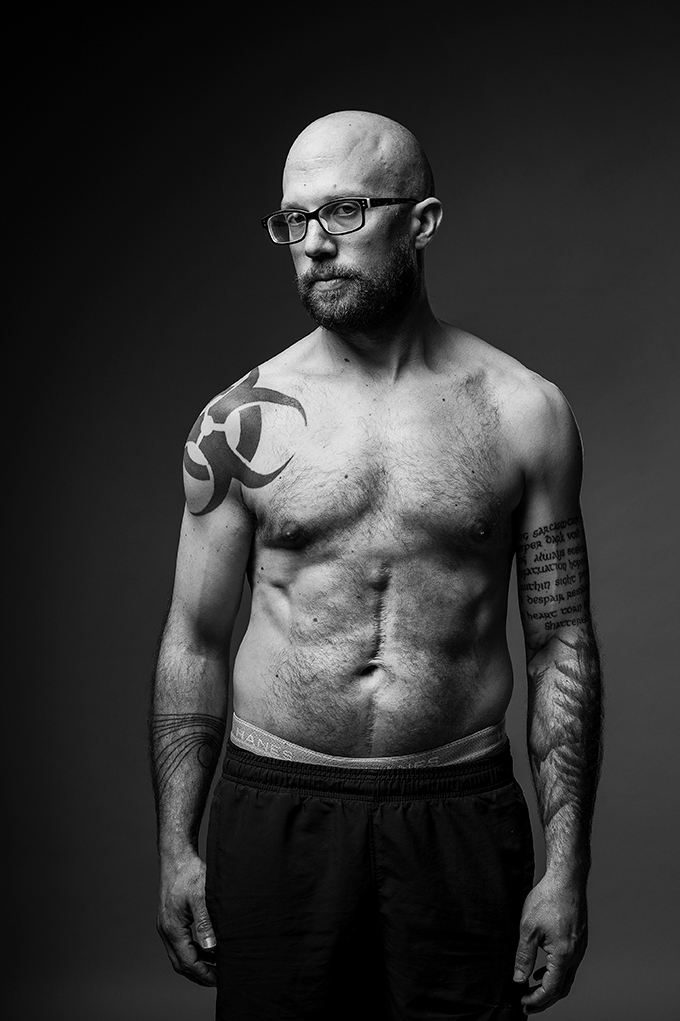
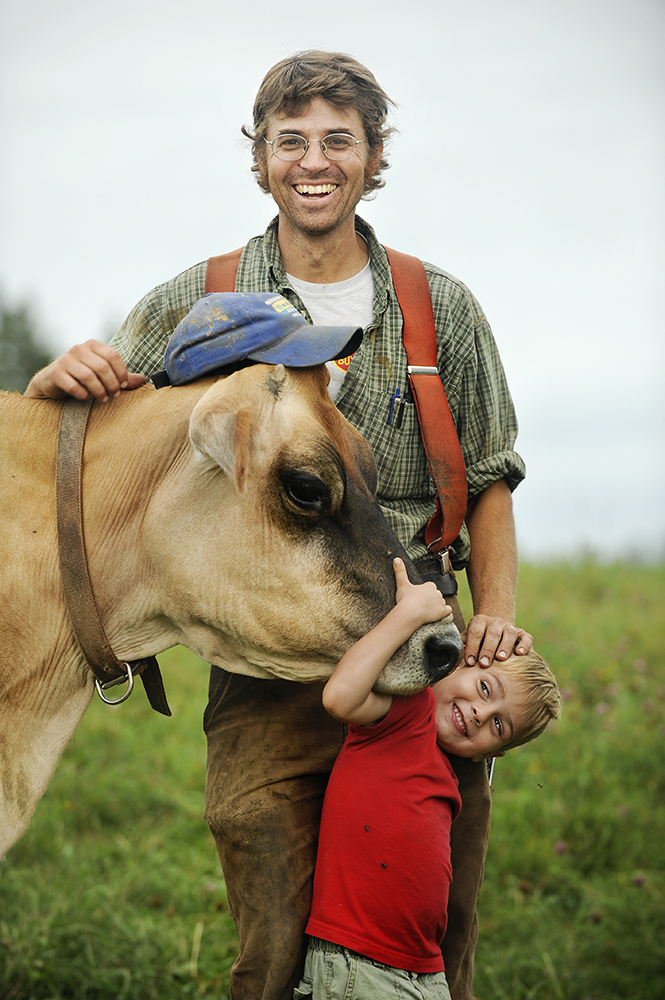
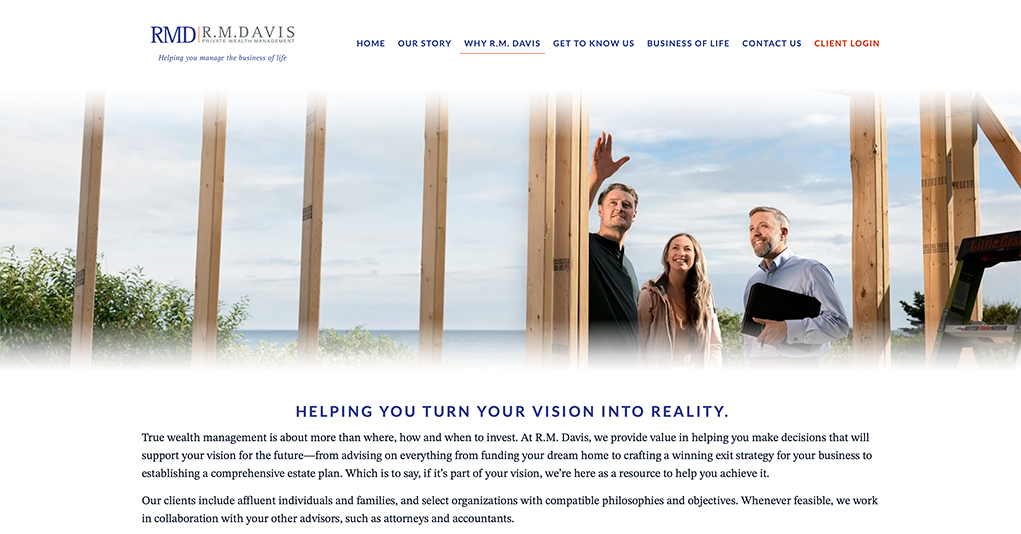
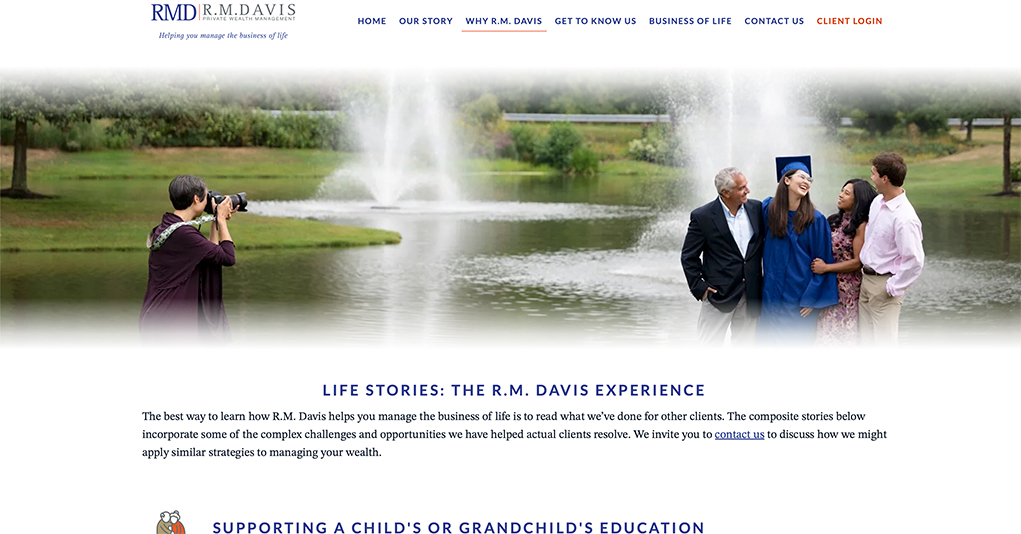
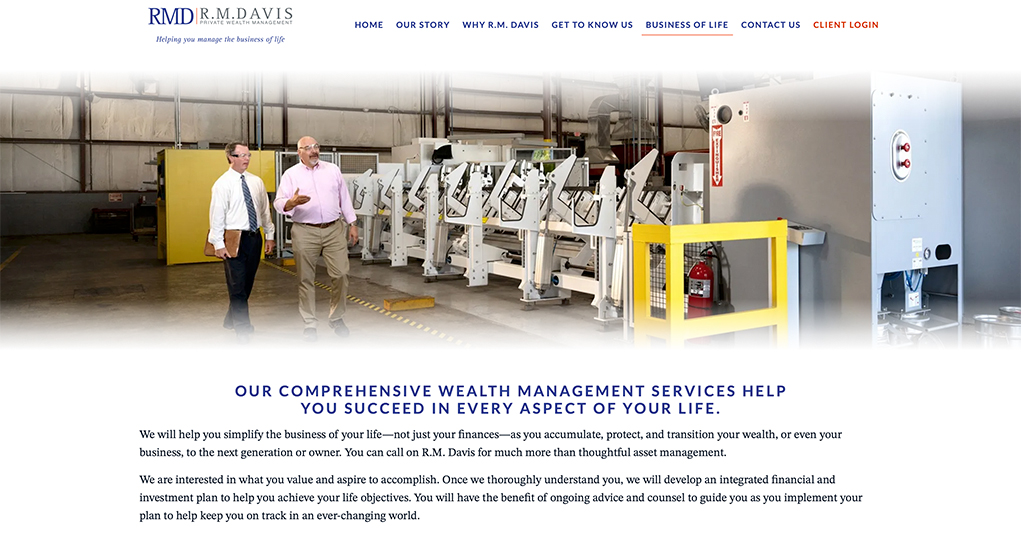
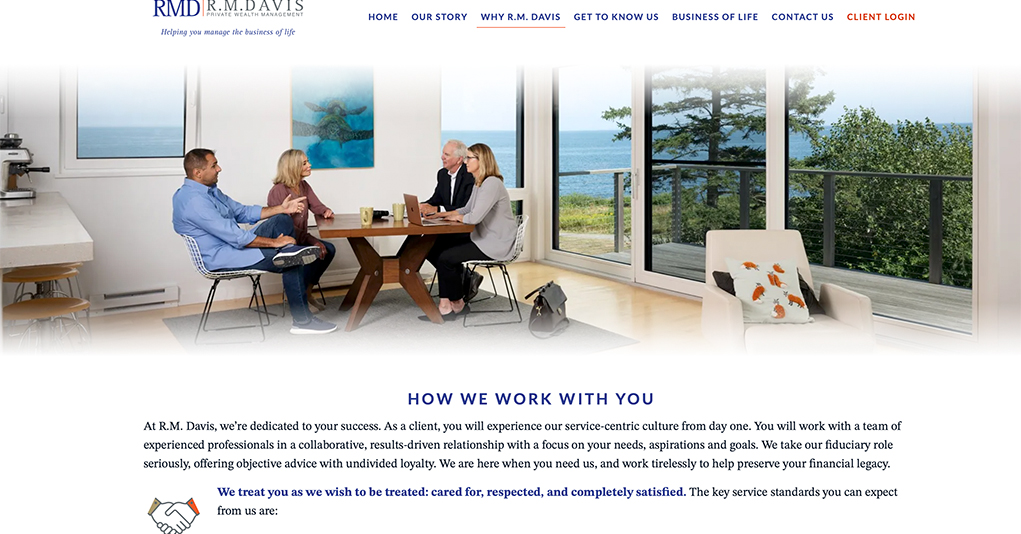
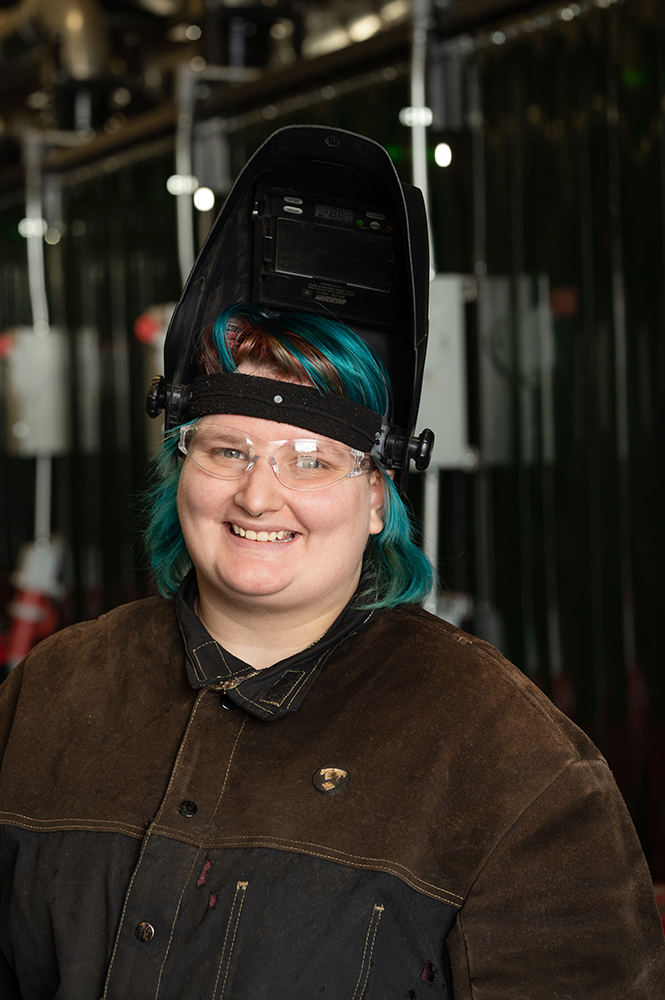
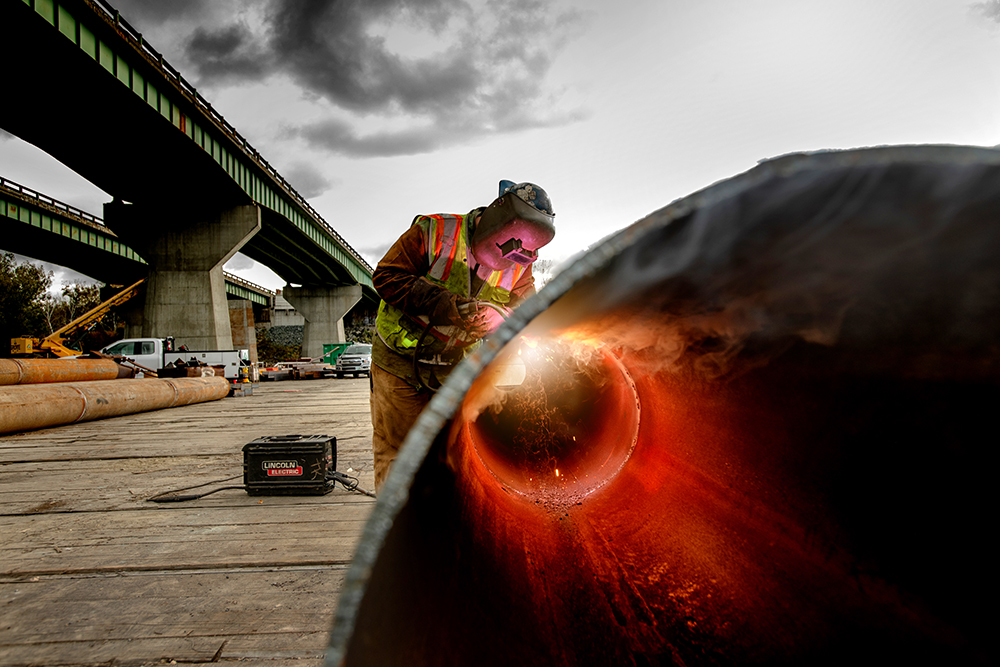
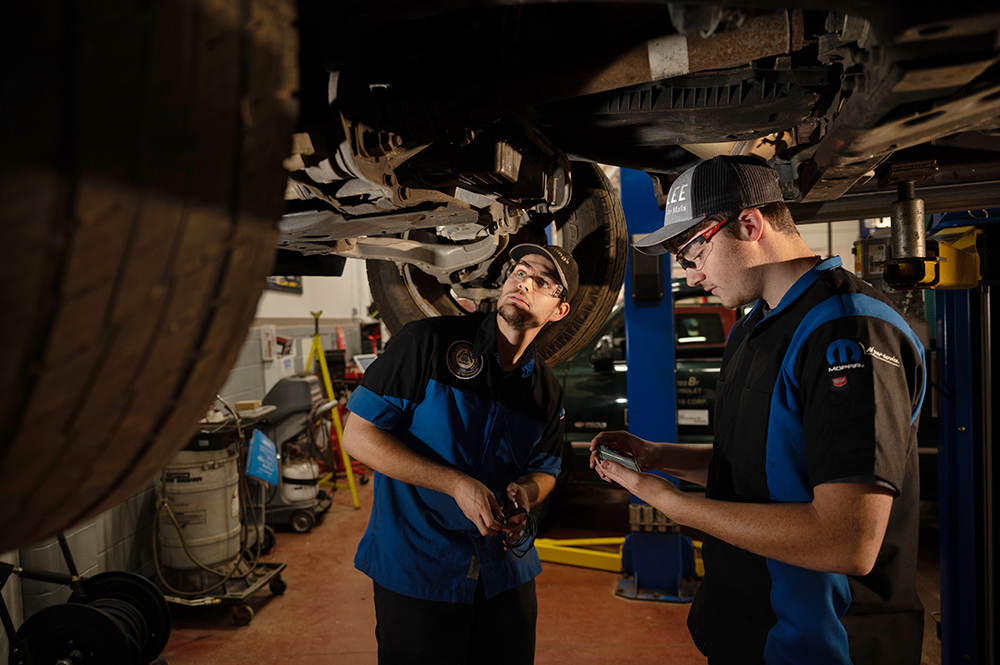

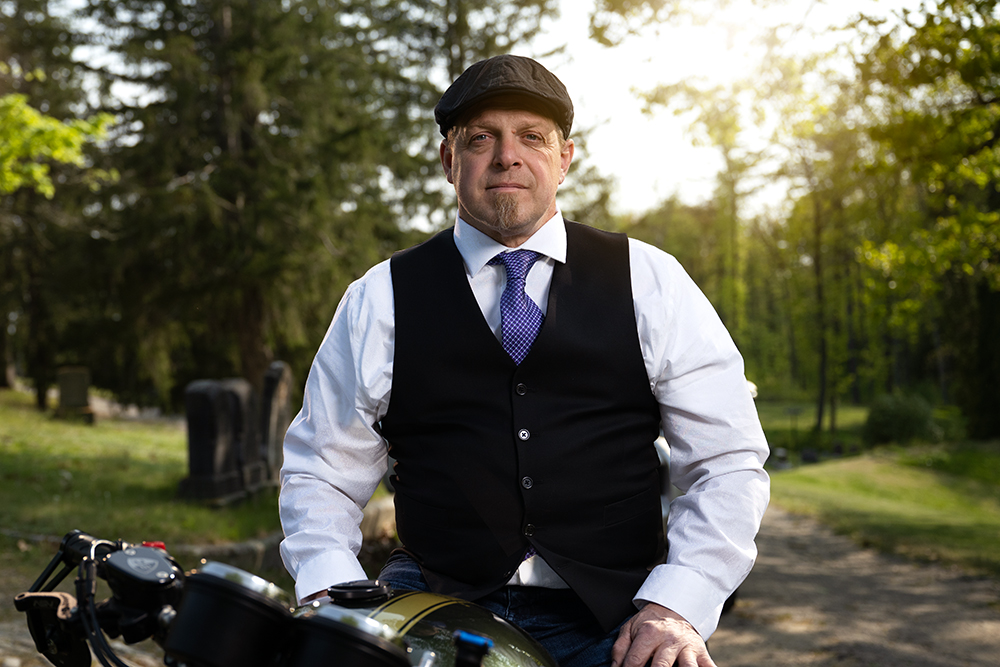 © Brian Fitzgerald
© Brian Fitzgerald